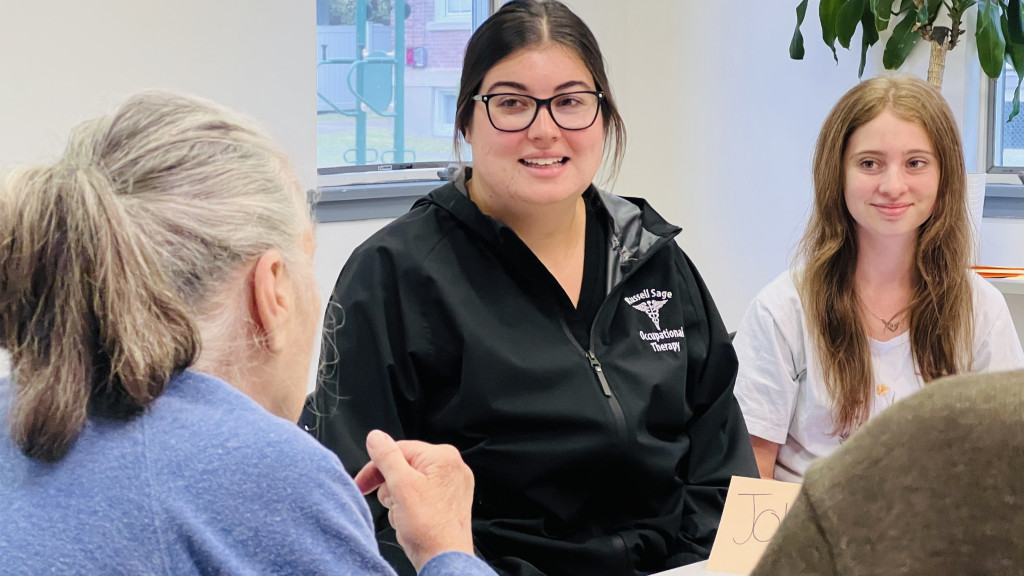
Aphasia is a language disorder that results typically from a stroke, brain injury, or a progressive neurologic condition. “It impacts a person’s ability to speak, to understand, read, write, and basically participate in their life,” says speech pathologist Julie Hart, MS, CCC-SLP, director of The Aphasia Center at Russell Sage College.
Hart has worked with adults with aphasia for 36 years, helping them to learn new strategies to communicate. In the following Q&A, she talks about her career inspiration, the difference The Aphasia Center makes, and how you can help raise awareness about this condition, which affects 2 million Americans but is not well-known except by those directly impacted.
(This interview has been lightly edited and condensed.)
What inspired your career in speech-language pathology?
I had a class in high school where you work with a health professional four days a week. I happened to be assigned to the speech pathologist, and I really fell in love with the idea of speech pathology.
In that case, I worked with a young student who was deaf, but my first year in college, when I went on to start my speech pathology degree, one of my floormates was in a car accident. I visited her in the acute care hospital and in rehab, and when I saw what a speech pathologist did in that realm, my focus changed.
In our field, we learn all aspects of communication from birth to geriatric, and different levels and types of disease processes that interfere with it, but any electives or extra credits I did were always in the area of aphasia and working with people with brain injury and stroke.
For prospective students exploring academic programs and careers in speech-language pathology, what makes specializing in aphasia such a meaningful and rewarding choice?
There’s a connection to the medical field, because you’re working with people who have had injury or illness and you’re working with other therapists,with physical therapists and occupational therapists and PCAs, nurses, mental health professionals.
Wanting to do something in the medical profession and see the impact of your work is one of the things that pulls people to this field. The value of being able to help someone learn a slightly different way to communicate is really priceless.
Tell us about The Aphasia Center at Russell Sage.
We offer groups throughout the week to people in the community who have aphasia. Those are small groups for discussion, for learning better communication techniques, for learning to really understand language better or work on a specific skill like reading or writing.
One of the things that we find is when people get together with other folks who have language impairment, other folks who have aphasia, we see the sense of community and the sense of family that they may not typically be feeling outside in the world.
Thirty to 40% of people who have a stroke will have aphasia. But that means that 60% won’t. Even within the community of people who have had a stroke, people with aphasia are marginalized, because a lot of the stroke services out there are for people who have full understanding of language and don’t always meet the needs of people with aphasia.
We run 10 groups throughout the week. They run for two hours each time, and it allows people to connect with other people who have aphasia and practice the art of communication, which we all know is so challenging to begin with.
The second part, which is so exciting for us, is our collaboration with students on campus. The students come in and act as communication partners for people who have aphasia, and they learn this essential skill of communicating with someone who has a challenging communication profile.
Students in Sage’s Speech-Language Pathology Bachelor’s Degree program will do an initial clinical placement here at The Aphasia Center, learning to be communication partners, and then they’ll be going into the community to do other aspects of their clinical development.
Other students have come from nursing, pre-law, pre-med, bio, health sciences, and OT. They’re future health professionals. And they’re learning this really important skill of being able to communicate with someone who might not otherwise be able to communicate in a traditional way.

How have you seen people’s lives change at the center?
We completely believe in neural plasticity, the idea that the brain continues to make positive changes, particularly when it’s stimulated in the right way and working toward a goal.
I think of one woman who was 37 years old when she had a stroke. She had a master’s degree and was working full-time, was a triathlete, a black belt, a traveler, and had a full, full life.
I met her within two weeks of her stroke, and she was unable to communicate verbally. She could express herself with facial expressions. She could answer yes and no questions, but couldn’t say anything.
Granted, it’s been a number of years, but she can have a full conversation now. She’s someone who wants to do more advocacy for aphasia. She feels like that’s what she’s called to do.
She can recognize the growth that she’s had, and she’s able to motivate other clients. She’s able to help people see what change they can make.
And when you can recognize the person who has the communication impairment as the person who really is the expert, it empowers that person.
She is back working at her old company. She got back to driving, and she’s paralyzed on the right side. Her car is adapted. She did a half marathon in Miami. A dynamo.
People can reasonably expect improvement, especially if they’re determined, focused, and dedicated to the process.
You may not be able to get back to all those things that you did, but you can do things that create a meaningful life. That’s really very possible.
How can people reading this raise awareness about aphasia and The Aphasia Center at Russell Sage?
We know that there are so many people who have never heard of aphasia or our center, so we’re trying to spread the word.
We started the Moving Message Fund to provide services and assistive devices not covered by insurance to individuals after a stroke or brain injury, and we are holding the Moving Message event on September 13.
We started the Moving Message 14 years ago because a woman in our group at the College of Saint Rose [where The Aphasia Center was previously located] had trained for a year to do a one-mile community walk, and the walk was canceled. So I said, Well, why don’t we have a walk?
We named it the Moving Message because we want people to be moving and also paying attention to messages clients write, like “Just let me get my message out” or “Please don’t pretend to understand me.”
We have raffles, art, music, food, and vendors, and the event is very festive and educational, with speeches by people who have aphasia. The speeches are motivational in and of themselves because they’re using language that’s impaired to get their message across.
And anyone is more than welcome to come to The Aphasia Center and sit in on a group.
One thing that people with aphasia state is that they are often pushed aside or ignored or spoken around. That’s because people aren’t educated about how to communicate with someone who communicates differently.
The folks that we see here love teaching other people about aphasia. Being that teacher empowers them, so we love the idea of having volunteers from the community, because that person takes what they learn back to their work, their church, wherever, allowing that message to spread.
Is there anything I didn’t ask that you want to add?
There are two resources I recommend. The National Aphasia Association has great information, and Aphasia Access is a group that supports the Life Participation Approach to aphasia, the idea that you absolutely can continue to make change and get better, but you’re going to do that while participating in your life, not in just a modified therapy session.
There’s a misconception that wherever you are a year after a stroke or a brain injury is where you are going to stay. That makes my blood boil because it stops that person from believing in themselves. We see people make changes after two years, after 10 years, and beyond.

